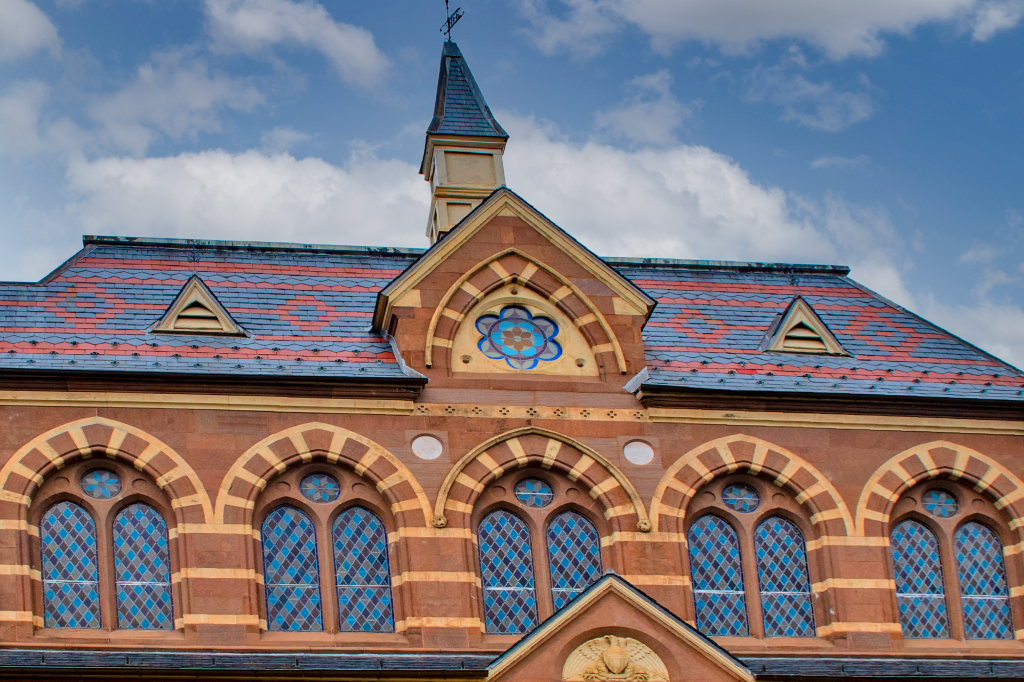36 years ago, the ‘Deaf President Now’ movement ignited a revolution. What began as a fight for the first Deaf president at Gallaudet University blossomed into an international conversation about representation.
Deaf President Now paved the way for future generations to embrace their Deafness with pride. Even decades later, the story continues to be told.
Signs Seen Around the World

Photo by Rons Cogswell on Flickr
The year is 1988. We find ourselves at Gallaudet University, the world’s only liberal arts university designed specifically for Deaf and hard-of-hearing students. For over a century, Gallaudet has been a beacon of Deaf culture and education. But in all those years, the university has never had a Deaf president.
On March 6th 1988, the campus was alight with excitement. After a search process involving four candidates – two of whom were Deaf – the Board of Trustees was ready to announce their selection. The community awaited the decision, hopeful that the time for a Deaf president had finally come.
But when the board appointed Elizabeth Zinser, the only hearing candidate, shock and disappointment reverberated across campus.
Students, faculty, and staff were deeply frustrated. How could a hearing person with minimal experience with the Deaf community effectively lead a Deaf university?
For a community ready for change, this felt like a step backwards. The students refused to accept this decision quietly – they were prepared to take a stand for what they deserved. After over 100 years of hearing presidents, it was time for Deaf leadership at Gallaudet. The community rallied together, knowing that their voice could not be ignored.
The campus was energized with purpose. History was about to be made.
The ‘Deaf President Now’ Protest
The Deaf community had put up with the status quo for too long. Their frustrations simmered below the surface until a coalition of advocates brought them together, bonded by a common dream – a leader who truly understood them.
The Deaf President Now movement caught fire rapidly as passions were ignited. Their ask was straightforward but groundbreaking – a Deaf president who could relate to the community’s distinctive struggles and triumphs. Though the path forward would not be easy, their voices could no longer be ignored. The time had come for change.
What followed was a historic protest.
Deaf and hearing people came together by the thousands, flooding the streets of Washington D.C. to stand up for their rights. Chants of “Deaf President Now!” rang out as the crowd marched on, their voices blending in a powerful chorus calling for change. The Deaf community and its allies were united and determined, coming together to make history in a peaceful yet passionate demand to be heard.
The Gallaudet protest was a watershed moment in the Deaf rights movement.
When those students took to the streets demanding a Deaf university president, they sparked a worldwide conversation about access and inclusion that still resonates today. Their steadfast activism paid off – Dr. I. King Jordan became the first Deaf president in Gallaudet’s history!
This was a monumental achievement, opening doors for Deaf scholars and administrators to break long-standing barriers. The Gallaudet community finally had one of their own leading the university.
The students’ impassioned stand for representation not only made history, but paved the way for future generations of Deaf leaders. Their vision and determination turned protest into progress.
The Gallaudet protests showed the power of a community united for change.
Today and The Future
The big-time impact of Deaf President Now was nothing short of revelatory. It started a revolution that resonated far beyond Gallaudet, sparking a fire in the hearts of change-makers everywhere. These brave souls challenged the status quo and fought for what’s right, empowered by DPN’s message of unity and solidarity.
Gallaudet became a beacon of hope, that when we join voices aka signing hands, we can change the world.
DPN showed us the power we possess when we stand together. Its enduring legacy continues to inspire and unite generations in the ongoing quest for equality.
Deaf President Now! Documentary
In 2024, it was announced that Nyle DiMarco had partnered with Davis Guggenheim to create a documentary on the movement titled “Deaf President Now!“. The documentary debuted at the 2024 Sundance Film Festival.
Question & Answers
What were the four demands of the Deaf President Now movement?
The four demands were:
- Elisabeth Zinser must resign and a deaf person selected president,
- Jane Spilman must step down as chairperson of the Board of Trustees.,
- Deaf people must constitute a 51% majority on the Board,
- and that there would no reprisals against any student or employee involved in the protest.
By the end of the week of protests, all of these demands were met and Gallaudet University had their first Deaf president, I King Jordan.
What tactics did the Deaf President Now protestors use?
The Deaf President Now protestors used boycotting classes, marches, and letter writing campaigns to convince the administration to adhere to their four demands. By the end of the week all four demands were met.
How many days did the Deaf President Now protest last?
The Deaf President Now movement lasted eight days from March 6th, 1988 to March 13th, 1988. At the end of the eight day protest, all four of the protesters demands were met and Gallaudet University had their first Deaf president, I King Jordan.




Comments